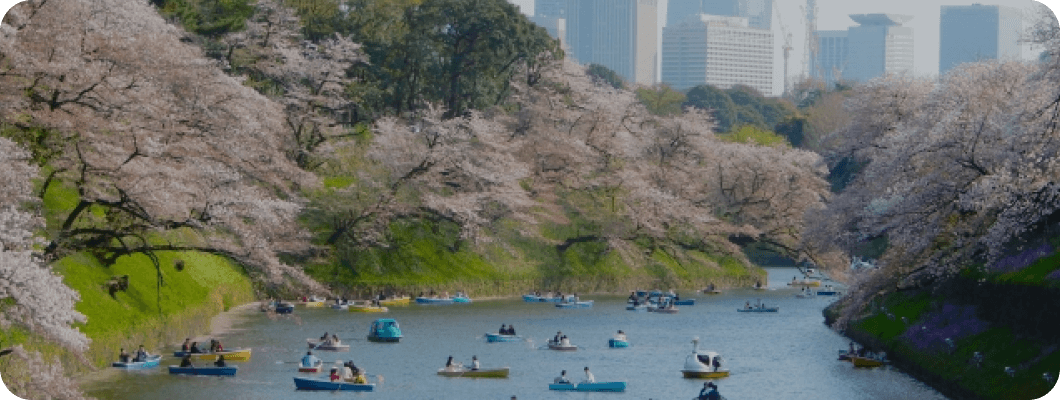
NEWS

10 hands-on activities that are uniquely Japanese
BLOG

Today, we will present you with 10 unique hands-on activities that are uniquely Japanese!
Many foreign tourists visiting Japan are fond of Japanese culture.
In fact, many tourists may even make it a point to visit Japan just for the fun of it.
The image of Japan from foreigners is a good reference for the culture and experiences that are unique to Japan. For example, samurai, ninja, castles, temples, sushi, tempura, kabuki, Japanese dance, tea ceremony, flower arrangement, pottery, Japanese drums, idols, tatami mats, Japanese paper, indigo dyeing, ryokan, Japanese sake, and calligraphy are some examples. Many foreign tourists visit castles, temples, shrines, and other structures where they can experience Japanese culture.
①Wadaiko (Japanese drum) experience
The sound of the taiko drum is so powerful that it resonates deep in the belly. The sound of taiko drums is a new experience for foreigners. It can be a novelty for foreigners. Japanese taiko performances are highly acclaimed overseas and are becoming increasingly well known. Many foreigners may be interested in playing taiko drums themselves. By incorporating “Ohayashi” classes and hands-on taiko classes into inbound tourism events, it is possible to offer a taiko experience event.
②Ceramic Art Experience
Pottery is one of the most representative examples of Japanese culture. There are many hands-on pottery classes where visitors can create authentic pottery by spinning a potter's wheel and shaping the pieces by hand. Using a potter's wheel requires delicate techniques, but hand-binne is just like kneading clay, so even beginners can create pottery easily. The excitement of actually using the pottery you have painstakingly created will be a great memory for you.
③Making wind chimes
Many people first think of “wind chimes” when they think of Japanese summer traditions. In Japan, there are hands-on classes for making wind-bells. Foreigners will feel a special joy if they can take home a wind-bell they have made themselves as a souvenir. In Japan, there are many local wind-bells in each region, such as Nanbu-fu-rings and Kamo-fu-rings. By combining a wind-bell-making experience with an inbound tourism event, you can expect to create a wonderful souvenir that will remind you of the area.
④Geisha experience
In Kyoto and other cities, there are hands-on classes where you can experience being a geisha by pretending to be a maiko (apprentice geisha). Kimonos can be rented, and you can pretend to be a real maiko. Kimonos are one of Japan's representative cultural elements, so it is a great way to experience Japanese culture. By dressing up in a kimono, you can expect to create a memorable experience for foreign tourists. If you hold a geisha experience as part of an inbound tourism event, you can have visitors walk around the streets in the kimono after being dressed and photographed.
⑤ Washi paper making and indigo dyeing experience
Washi paper making and indigo dyeing experiences are often incorporated into social studies field trips at elementary and junior high schools. Washi paper and indigo dyeing are part of Japan's unique culture. By experiencing the traditional Japanese colors and patterns, foreign tourists will be able to experience Japanese culture. The unique texture of washi paper and the indigo color, also known as “Japan blue,” make this an activity that allows visitors to experience Japanese culture through all five senses.
⑥Tea ceremony experience
The tea ceremony is one of the cultural activities unique to Japan, in which participants show their respect and gratitude to the person who made the tea, saying, “That was very good of you. The tea ceremony is not only about the tea ceremony, but is also a comprehensive art that includes the craftsmanship of tea utensils, the architectural beauty of the tea room, the calligraphy of the hanging scrolls in the alcove, the sense of the seasons through the Japanese sweets and flowers displayed, and the manners of hospitality. The charm of the tea ceremony experience is that it can be an opportunity for those unfamiliar with tea to experience Japanese culture in a comprehensive manner.
⑦ Flower arrangement experience
Along with the tea ceremony, flower arrangement is one of Japan's representative cultural activities. Some classes offer a combination of tea ceremony and flower arrangement, allowing visitors to experience the Japanese “wabi-sabi” spirit. In recent years, flower arrangement has been expanding overseas in harmony with Western culture. For those who have experienced flower arrangement overseas, this will be an opportunity to have an authentic experience.
⑧Calligraphy Experience
Calligraphy, which uses charcoal and a brush to write characters, is one of the cultural aspects of Japan. Writing Kanji, Hiragana, and Katakana with a brush is a great way to experience Japanese culture. The experience of “polishing (doing) sumi ink” is also a special opportunity for foreign visitors. The calligraphy experience can be conducted at low cost with only a few things to prepare. When holding a calligraphy experience as an inbound tourism event, you can invite a calligrapher to provide an authentic calligraphy experience.
⑨Ninja experience
When asked the question, “What do you think of Japanese culture? Japanese Ninja” is the image that many foreign tourists have of Japan. In Japan, there are places that offer ninja experiences and ninja experience classes. This will be an inbound tourism event where Japanese and foreigners can experience ninja together, as some Japanese have never dressed up as ninja and experienced ninja training.
⑩Samurai Experience
Along with the ninja, the samurai (samurai) is also an established image of Japan.
There is also the “Chanbara Kassen,” an activity in which participants drop colored balls on each other's arms with sponge swords that do not hurt even if they hit each other.
The event can be held with as few as 30 people or as many as 1,000 people, allowing many foreign visitors to enjoy an inbound tourism event.
There is also a “Water Battle” activity in which participants pretend to be warriors and fight with firearm-shaped water guns.
In the water fights, visitors shoot at each other with a “fallen warrior” floating target on their chests, allowing large groups of people to experience a safe battle together. The rules are simple and easy to understand, and because age, gender, and nationality do not significantly affect who wins or loses, people of all ages can enjoy the experience together.
Visitors can enjoy the view of the world of the Warring States period through the “War Wall,” balloons that resemble castle walls and other structures, and various performances in which participants dress up as military commanders. Water fights are ideal for inbound tourism events held in summer.
We have introduced these slightly different ways to enjoy Japan.
There are many events and hands-on activities to enjoy in Japan.
We hope that as many foreigners as possible will come to Japan to experience the originality of Japan's hands-on culture and learn more about the country!
instagram
realestatejapan
PDF file









